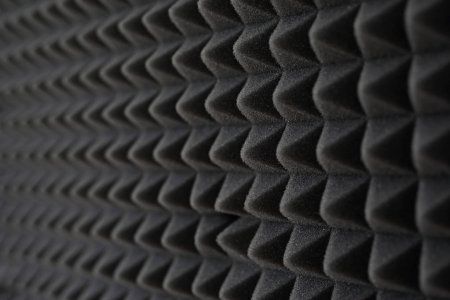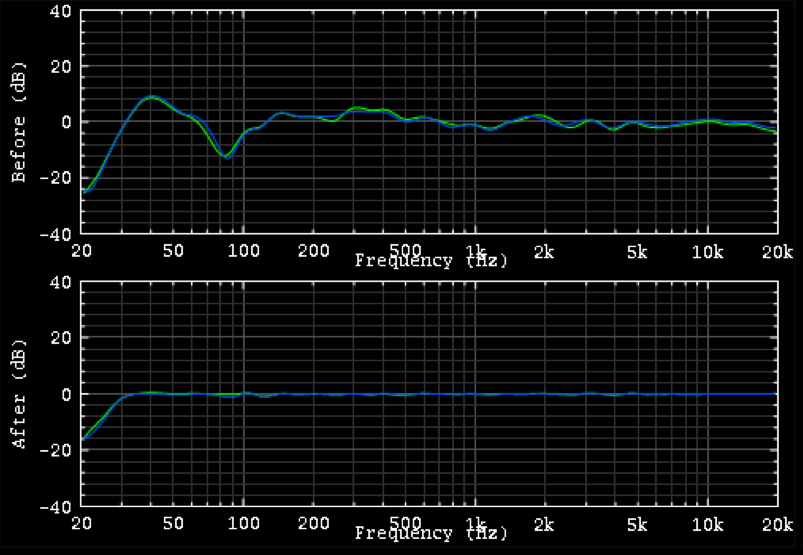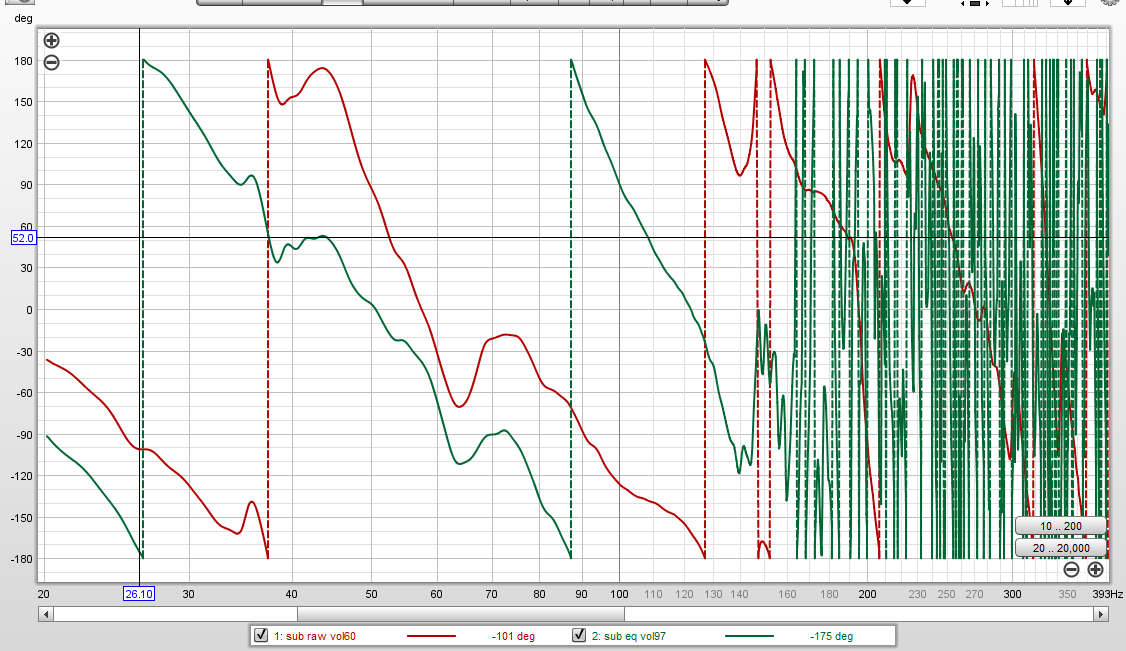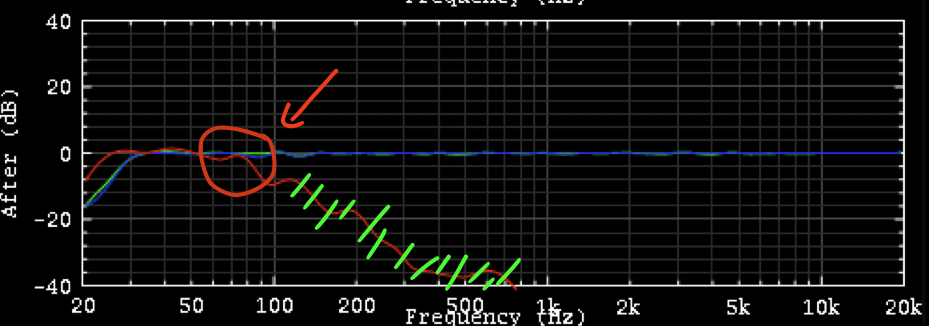Studio monitors come in all shapes and sizes and the question we often receive is “should I opt for larger monitors or keep the monitors I already use and pair it with a Subwoofer?”
In this article I will briefly discuss the pros and cons of installing a subwoofer vs opting for larger monitors.
As producers, we rely on a few different key components to our studio – DAW, Computer, Soundcard, Monitors and Acoustic Treatment. As this topic is solely about Larger Monitors vs Subwoofers I will try and focus on those for the time being. But as producers, we rely on our monitoring system more than any other equipment (hardware, synths etc) to be able to trust what we hear – so I am a firm believer that studio monitors must provide us with useful information down to around 40hz and up to at least 18khz. As the majority of us are writing house music, it is incredibly important to understand the 3 key elements to our records – Low end for kick and bass, Mids for Vocals and percussion and top end for our high hats. Of course you could say, well isn’t this the same for every genre and the simple answer is well yes! We shouldn’t think of house music as a genre that mix can be over looked, but treat is as any other genre. You wouldn’t hear a pop record on the radio where the vocals haven’t been compressed, the kick is far too loud or the high hats are blisteringly piercing – so why neglect the mix for house music and think ‘it will do’. Anyways before I go down a rabbit hole on mixdowns, let’s try stay on topic.
Most of you will have done some fairly basic room treatment in your studios (whether that be a purpose built room or your bedroom) and the typical treatment would be foam on the wall and first reflection points which is great. However what most producers don’t realise is that mid-high frequencies are generally pretty easy to control (that’s what your foam is doing) where as bass is quite difficult – so understanding low end therefore is often far more challenging. Low end sits in the corners in your room which is often neglected.

So without going further into room correction and treatment (maybe I will do an article about this), let’s talk about larger monitors vs Subfwoofers. As above, I mentioned that bass is far more difficult to treat in a room and therefore is the reason producers are craving more low end, because well guess what – your room is sucking out all of it. Your monitors probably have the capabilities to go low enough for you, but as there is not enough treatment it is all just sitting in the corners. I am sure many of you have stood in the corner of your room or gone to back wall to hear the low end – well you shouldn’t need to. A very simple answer to this is that no matter how big a set of monitors you have or add a subwoofer, if the bass is not treated in your room you will only exaggerate your problem. By correcting this issue in your room before adding larger monitors or subwoofers, you will actually get more bass out of your current monitors. The idea of spending your hard earned cash on room treatment is often seen as pointless or undesirable, but if left untreated you will always have the same issues across your frequency range. An example of this is that say you have a big dip at 100hz and a boost at 55hz – If you place larger monitors in your room or a Subwoofer, you are still going to have that dip and that boost as the characteristics of your room are still exactly the same.
I actually have a dip in my room at 80hz which is from the characteristics of my room so don’t worry if you have dips and spikes in your room, that is what Trinnov and Sonarworks are for if you have hit your limit on room treatment.

Okay so let’s say you actually have a pretty well treated room and you really have been curious about a pair of larger monitors or adding a subwoofer to your current set up. What should you do?
The first thing you need to think about is budget. Larger monitors don’t always mean better results and typically you will find that as soon as you go up from an 8inch driver, the prices will begin to climb rapidly. So maybe it isn’t about going larger but instead finding a company/ brand that will provide more low end and clarity whilst keeping the same driver size. An example of this is comparing Yamaha HS7 vs PSI A17 and DSP vs Analogue. I won’t do the research for you, but if you are in this situation go compare their specs.
However, as I said, let’s say you are in a well treated room, larger monitors (and as long as they are of a decent spec) will provide far more detail, clarity, low end (because the bigger driver size will push out more air and energy) and a bigger sound stage. For me when I upgraded to the Focal Trio 11s this was exactly what I was looking for but also it matched with the size of my room. Monitors in this price bracket will typically take you down to around 30hz at peak which is exactly what you will want if you are searching for more low end. A decent about of low frequencies coming through whilst remaining controlled and detailed as well as actually being able to monitor at a lower level (quieter). Most of you may find that you have to blast your monitors to hear that low end – well bigger monitors mean that you can actually monitor your audio at a fair lower level because of the size of the drivers and air being pushed from them. This was something I used to do often and now find that I listen to and write music at a far quieter volume (85db to be exact).
So without making this a dissertation, let’s talk about Subwoofers.
Studio subwoofers are actually not difficult to connect to your system at all, choose a 3rd output, turn it on and away you go!… They say lol.
All jokes aside, adding a subwoofer and not knowing how to integrate it with your tops can ruin your set up and make decision making at the low end even more difficult. Adding a subwoofer and pairing it with your tops involves a few things:
- Time alignment / Delay
- Phase
- Cross-over Points
Time alignment and Delay are about ensuring that the low end travels alongside your tops. It is important that when you play a kick drum you don’t hear the click before the thump or the sub. All of these frequencies need to travel together. So making sure that you position your sub in the right place is incredibly important. A few centimetres forward or backwards can make a huge difference.

Phase is making sure that your sub is in phase in your room and there aren’t frequencies cancelling eachother out or creating nulls in your room. Again positioning your sub is incredibly important (never in the middle of your room). Low frequencies take time to fulfil their wave length so ensuring the position of the sub is incredibly important. Just an example, here are a few frequencies and their travel time it takes to complete a single wave length:
- 200hz – 5ft
- 100hz – 10ft
- 80hz – 15ft
- 60hz – 18ft
- 40hz – 27ft
- 30hz -36ft
If these frequencies don’t complete (and to be honest, not many people have a back wall that is 36ft away) they will bounce off the walls and come back to your listening position. Again, room treatment and ensuring that you diffuse these frequencies is super important.

Cross-over points is about finding where the highest point of the subwoofer crosses over with the lowest point in the tops. So an example of this is let’s say the subwoofer goes up to 120hz, you will want to make sure that the crossover point is around about 70-90hz at peak and that the tops (near/ midfield monitors are creating a nice crossover around that point). If you don’t have a nice cross over point set up you will end up creating phase issues. Some speaker manufactures recommend buying their branded subwoofer for integration but some speakers actually have roll off on them so you can pair them with different branding subwoofers to create you cross over points. remember though, if you have a few frequencies from the tops and bass that are overlapping, you are going to cause issues in your room.

So as you can tell from the above (and these are just the main three pointers to look out for) subwoofers are not easy to install. You will need to use some maths or correction/ measurement software such as a Trinnov that can sort out the bass management for you. However, when done correctly, you will not find a set of large monitors that will beat the set up of a correctly installing a two top, subwoofer combination.
In conclusion and instead of actually telling you what you should do, just be aware of the pros and cons of upgrading your Monitors as opposed to installing a Subwoofer. Both have their pros and cons, but it is all about what you need for your room and what you feel is important. I first increased the size of my monitors and then paired a subwoofer with them as I desired even more clarity from the low end which is now hitting at peak 22hz but is still completely flat all the way up to 20khz+.
If this helped I would love to hear back from you and what issues you may have any maybe we can set up a consultation to try and help with your room and address the question of: Do I need bigger monitors or should I install a Subwoofer?
I actually have a dip in my room at 80hz which is from the characteristics of my room so don’t worry if you have dips and spikes in your room, that is what Trinnov and Sonarworks are for if you have hit your limit on room treatment.
